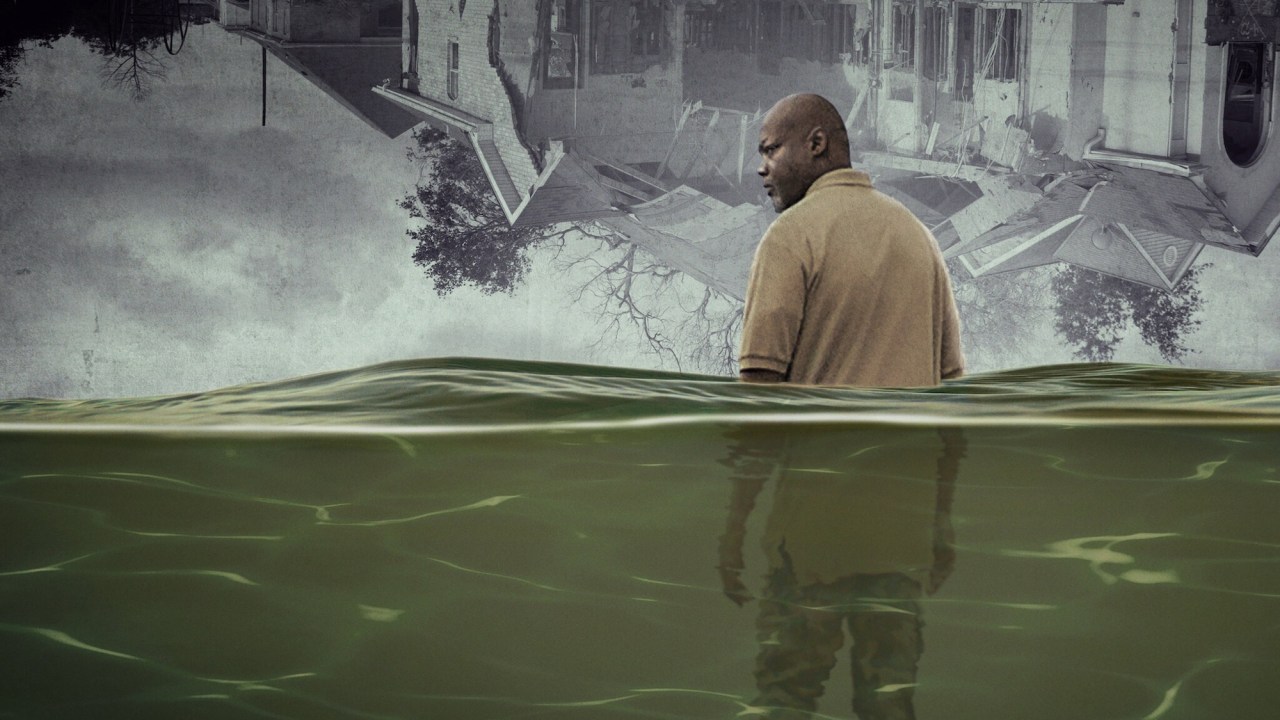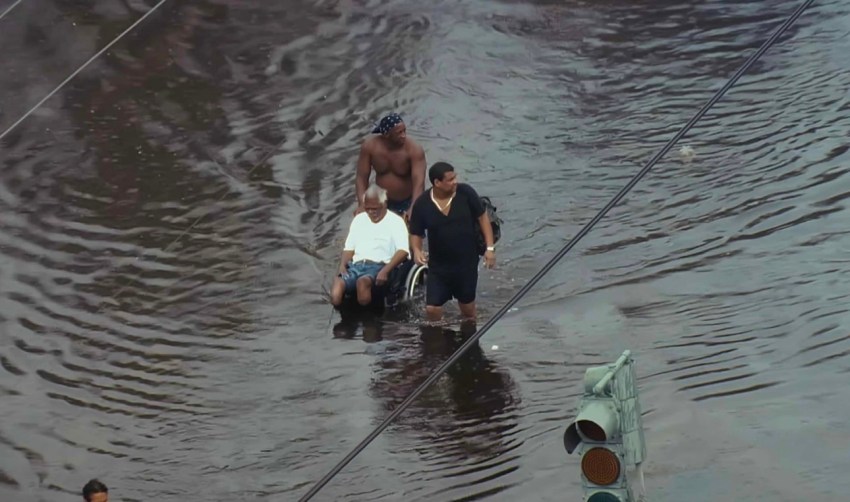
Spike Lee’s Netflix Documentary Has A 100% Rating On Rotten Tomatoes – And It’s The Scariest True Story You’ll Ever Watch
By Erin Whitten
Katrina: Come Hell and High Water is something of a memorial instead of a history lesson 20 years after Hurricane Katrina devastated New Orleans. The docuseries from executive producer Spike Lee has three parts on Netflix, with a perfect score of 100% on Rotten Tomatoes for a reason. It’s a visual treat to look at. Equally as chilling is what the three-part series brings to mind about how a natural disaster was made 100 times worse by human error and neglect.
The Category 3 storm made landfall on the Gulf Coast on August 29, 2005, toppling the city’s levees. The water rushing in to neighborhoods across the city, from the Lower Ninth Ward to the Upper 9th, would trap thousands of families in their homes. In Louisiana alone, over 1,500 would lose their lives, and whole communities, disproportionately Black and working-class – were ignored, left behind, and forgotten. It became the costliest hurricane in U.S. history at over $200 billion today.
In its opening moments, the documentary features home video footage showing the everyday in the days leading up to Katrina. Scenes of people shopping for groceries and walking dogs in August of 2005 create a sense of normality that only makes the following footage feel nearly unbearable to watch. Survivors like Robert Green remember water rising to his attic, then the roof of his home, before their houses began to float down the street. “The house lifted off its foundation and started floating like a boat,” Green remembers. “It hit a debris pile and threw everyone in the water.” His mother and granddaughter would never make it out alive.

The documentary is split across three directors: Geeta Gandbhir, Samantha Knowles, and Spike Lee. The first hour of the series, directed by Gandbhir, looks at the storm’s buildup, the government’s preparedness and missteps, and Knowles then jumps to the chaos and loss that the storm left behind. Lee, who directed When the Levees Broke, in 2006, tackles a closing chapter that is filled with raw reflection and the power of resilience. The interviews are interspersed with home videos, media footage, and archival news from the time of the storm and in its aftermath, painting a utterly crushing portrait of a city let down by the very country it calls home.
The series extends past the survivors to local and federal officials, historians, journalists, and other commentators, like Soledad O’Brien, former mayors Mitch Landrieu and Marc Morial, and retired Lieutenant General Russel L. Honoré, who led the military’s relief effort. Their words offer devastating insights: Officials knew that the levee system was outdated and needed major repairs. The areas that were at the most risk, lower-lying neighborhoods were also home to tens of thousands of New Orleans residents without the financial or technical means to evacuate. In fact, Mayor Ray Nagin’s initial evacuation order for New Orleans was delayed 20 hours before landfall by which point it was already too late for many to leave.

Let be say this docu-series doesn’t ignore the most obvious elephant in the room either. Clips from the Superdome, where more than 20,000 New Orleans residents sought refuge during the storm, show overcrowding, hunger, and fear in the air. Helicopter shots of survivors stranded on rooftops create images that look like they’re spelling out SOS messages with their bodies. The media’s initial coverage of the disaster pointed to a double standard: “Found food” in white survivor accounts and “looters” when Black survivors did the same, according to one resident. “I felt like we was treated like we were criminals,” another says.
New Orleans hasn’t fully recovered even two decades later. The series is punctuated by interviews with historians like Douglas Brinkley, who points out that Black and brown neighborhoods were the ones systematically left behind by insurers and banks. The federal government’s Road Home Program was meant to fund the recovery, but the amount of money each household received was based on the value of their property, which put the poorest residents at a disadvantage. Even high-profile efforts to rebuild communities, like Brad Pitt’s Make It Right Foundation that built sustainable homes in the Lower Ninth Ward, came to no good end. The residents speak of faulty foundations, buckling floors, and mold behind new drywall. Faulty plumbing, shoddy building practices, and repair costs left some unable to stay. “I feel like I was used,” a former resident says. “Betrayed. And now I’m left with a house that one day’s going to fall apart.”
Spike Lee’s final episode does showcase a power unique to New Orleans…Joy, in defiance of the city being wiped from the map. Scenes of bands playing in the street, dancing, and the resilient people who stayed make it clear: No matter how much they were given up for dead, the people and the culture are not going anywhere. Faith in family, in each other, in something bigger is one thing the documentary highlights the storm did not wash away. As Honoré puts it bluntly, “Without New Orleans, Louisiana would be sh-t.” It’s a mix of grief, community, and grit that makes this series so memorable and so terrifying. It’s a warning of the present, a reminder of what happens when bureaucracy, poverty, racism, and disinterest collide with disaster. The water may have receded from New Orleans, but these scars still run deep.











